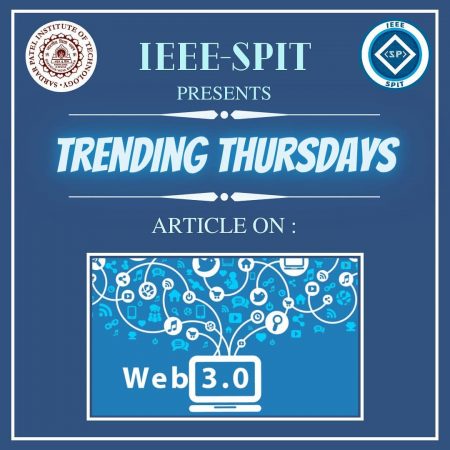
WEB 3.0 : Web 3.0 is being referred to by experts as the semantic web; semantic meaning data driven. The data will come from the user and the web will essentially adjust to meet the needs of the user.
This is mainly being driven by the heavy usage of smartphones and cloud applications.
The idea here is to make sure that the user can access as much data as possible from anywhere, not just their home.
Web 3.0 blockchain stack has a decentralised network which is more user-centric. In other words, it is a transparent and secured internet that focuses on making things more humane. Smart home appliances using wireless networks and the Internet of Things (IoT) are two examples of how Web 3.0 is already impacting technology.
Web 3.0 allows online applications and websites to receive information that’s on the Web and give new information/data to the users. For example, if one does a lot of searching for ‘design blogs’, they receive more advertisements related to design.
Also, when one searches for other things, for example, ‘computers’, the web will keep in mind that they often search for design and may pull up search queries that combine ‘design’ and ‘computers’.
𝐅𝐨𝐮𝐫 𝐩𝐫𝐨𝐩𝐞𝐫𝐭𝐢𝐞𝐬 𝐨𝐟 𝐖𝐞𝐛 3.0:
• Semantic Web
• Artificial Intelligence
• 3D Graphics
• Ubiquitous
𝐀𝐝𝐯𝐚𝐧𝐭𝐚𝐠𝐞𝐬 𝐨𝐟 𝐖𝐞𝐛 3.0:
• Increased information linking: Semantic web will help in the connectivity of online data.
• Efficient searching
• Better marketing.
• More efficient web browsing.
• Effective communication.
• Change human interaction.
Author : Anupriya Dasgupta and Divija Shringapure
